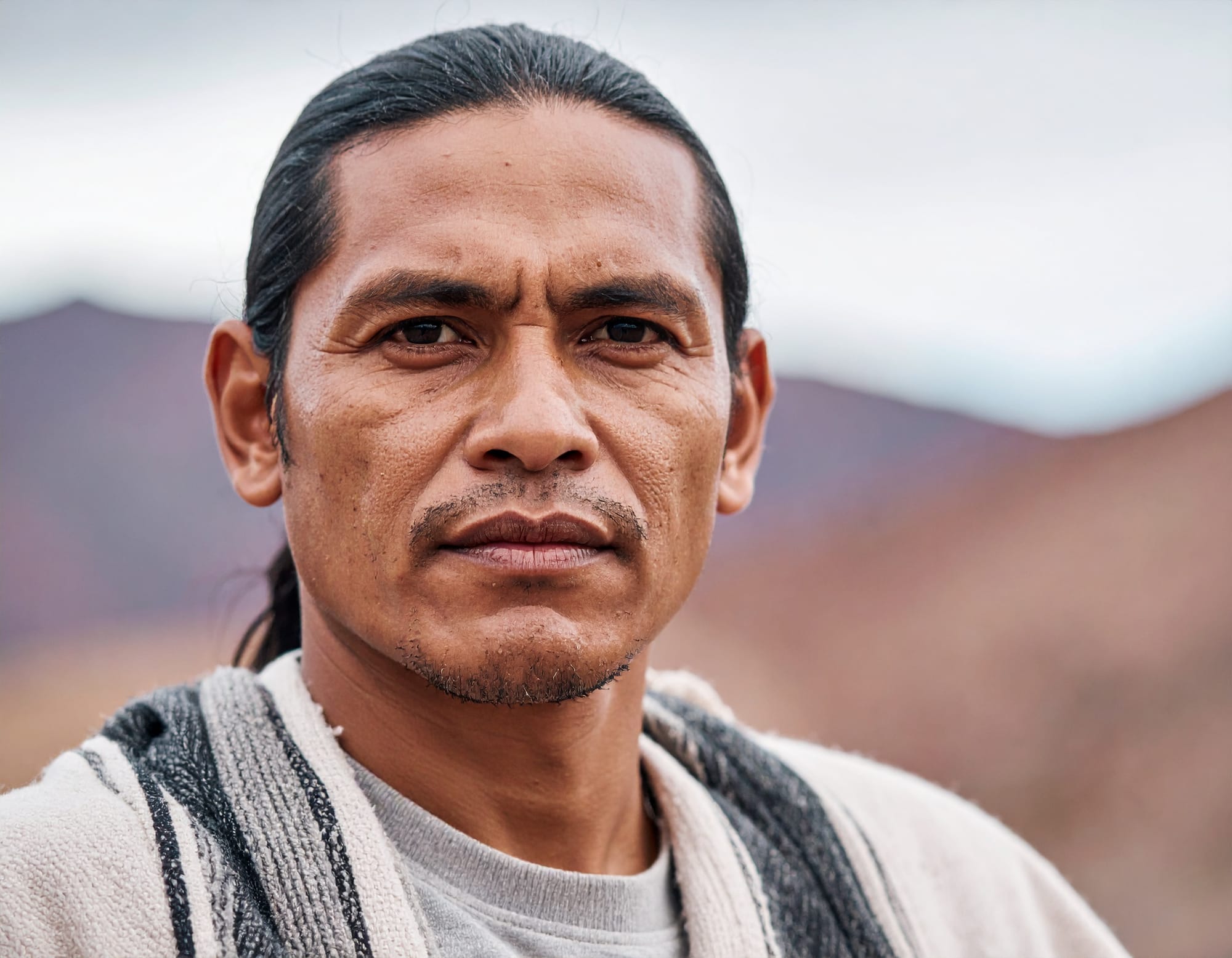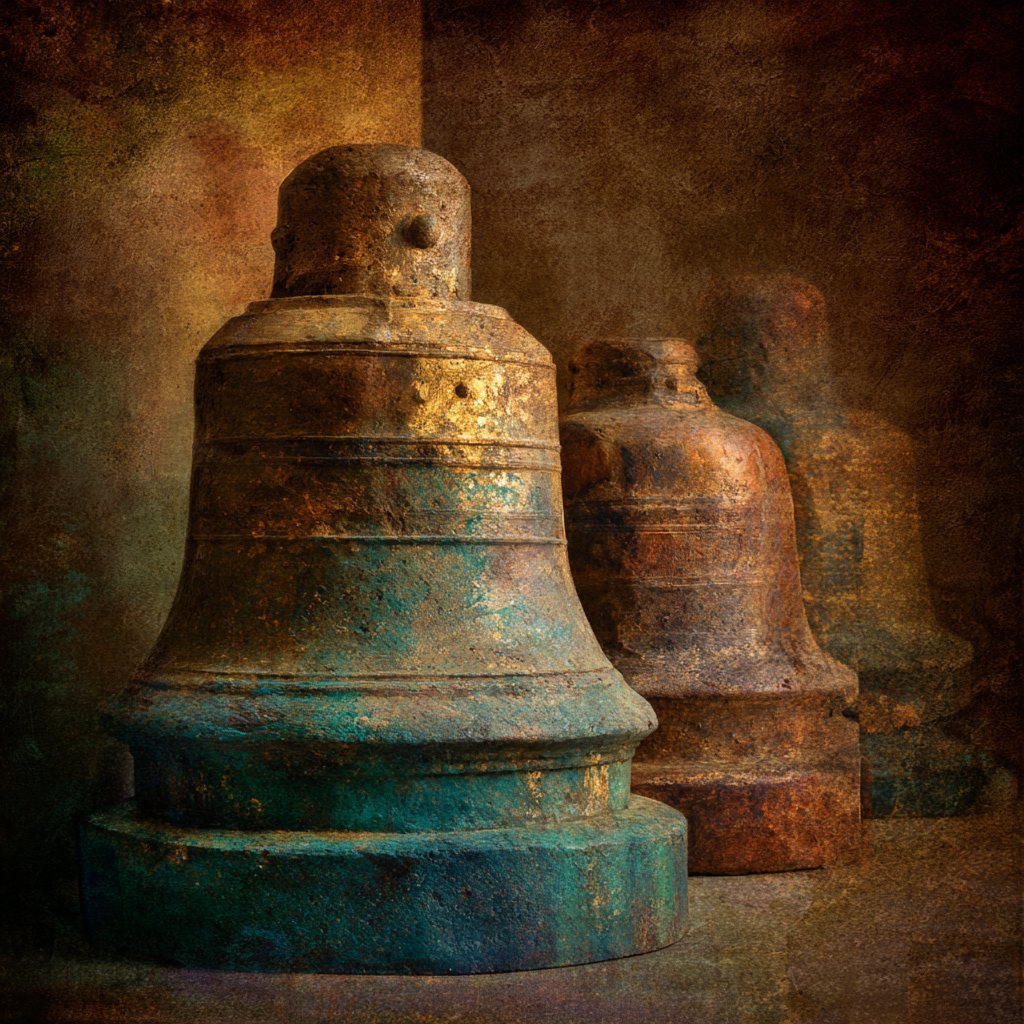IThe Intelligence of Place: Ancient Land Wisdom for Modern Consciousness
There are certain vineyards in Burgundy where the winemakers speak of terroir as if the land itself possesses memory. Not merely soil composition or microclimate, but something more elusive. A quality that emerges from centuries of human relationship with place, where generations of cultivation have created a conversation between earth and intention that produces wines of impossible complexity.
You might find yourself wondering what these vintners understand that extends beyond agricultural science. What if the intelligence they're accessing through reverence for place represents a sophisticated technology of consciousness that cultures worldwide have developed through spiritual ecology and earth connection practices?
The Universal Recognition of Place Consciousness
Consider how cultures across vast distances and time periods developed strikingly parallel understandings about the consciousness inherent in landscape. From the Norse landvættir to the Japanese kami, from Celtic genius loci to Indigenous land spirits, humanity has consistently recognized that place itself holds intelligence worthy of relationship and respect.
This isn't merely coincidence or primitive thinking. Recent research in environmental psychology reveals how specific geographical locations can demonstrably affect human consciousness, creativity, and decision making capacity. What shamanism and nature spirituality traditions have long understood is now finding validation in neuroscience and ecology studies.
The Norse Tradition: Landvættir as Guardian Intelligence
In Norse mythology, landvættir emerge as guardian spirits of specific regions, responsible for the wellbeing of the land and its inhabitants. These earth spirits require reverence and respect through offerings and conscious behavior. Disturbing them brings misfortune, emphasizing the importance of living in harmony with the intelligence of place.
Even today, remnants of this understanding persist in Icelandic culture, where road construction projects are sometimes altered to avoid disturbing these spirits. This represents not superstition but sophisticated understanding of how human activity affects the subtle energies that maintain ecological balance.
Celtic Earth Spirits and Elemental Wisdom
The Celtic tradition recognized that nature spirits and elemental beings connected to earth, water, air, and fire inhabited every aspect of the landscape. The Sidhe, or fairy folk, were understood as consciousness that bridged visible and invisible realms. Sacred sites such as wells, groves, and standing stones served as places where these spirits could be honored and consulted.
This represents an early form of spiritual ecology, where human consciousness learned to interface with the intelligence systems governing natural processes. The concept of genius loci, the spirit of place, evolved from these Celtic insights into Roman and later European traditions.
Japanese Shinto: Kami as Nature Consciousness
In Japanese Shintoism, kami represents spiritual entities residing in natural features like mountains, trees, and rivers. These spirits can be deities or ancestral beings, venerated through shrines and rituals that maintain the connection between human consciousness and the intelligence of landscape.
Shinto teaches that nature and the divine are interconnected, making reverence for land spirits essential to spiritual practice. This nature worship approach recognizes that consciousness exists in multiple forms throughout the natural world, accessible to those who approach with proper awareness and respect.
Indigenous Earth Connection Wisdom
Indigenous traditions worldwide recognize land spirits as ancestral beings or protectors of the natural world. Communication with these spirits through shamanism, rituals, offerings, and ceremonies honors their presence while seeking guidance for community decisions and individual development.
These traditions emphasize reciprocal relationship with earth spirits, where respect for nature ensures balance and prosperity. The understanding extends beyond individual benefit to include the health of entire ecosystems and the continuation of wisdom traditions across generations.

Reserve your private session
European Genius Loci: The Intelligence of Sacred Space
In ancient Roman and European traditions, the concept of genius loci refers to the spirit of place that brings blessings and protection when treated with respect. Shrines and markers placed at significant natural sites honored these spirits, a practice that evolved into the veneration of sacred spaces throughout Europe.
This tradition recognizes that certain locations concentrate spiritual energy in ways that enhance human consciousness and creative capacity. The practice involves learning to sense and work with these energy concentrations rather than imposing human will upon natural systems.
Modern Applications of Ancient Understanding
Even in contemporary culture, many individuals acknowledge the presence of land spirits through practices of gratitude, respect, and conscious interaction with place. Whether through offerings, ceremonies, or simple awareness of nature's sacredness, these traditions continue to inspire deeper earth connection.
Research in environmental psychology supports what these traditions always knew: specific places affect human consciousness in measurable ways. Forest environments enhance creativity and reduce stress. Mountain locations stimulate strategic thinking. Water bodies support emotional regulation and intuitive processing.
Spiritual Ecology for Modern Consciousness
The emerging field of spiritual ecology recognizes that environmental challenges require not just technological solutions but fundamental shifts in how we understand our relationship with the intelligence inherent in natural systems. This represents a return to shamanism and earth connection practices that honor place as partner rather than resource.
For those accustomed to making decisions based on data and analysis, developing relationship with the consciousness of place offers access to forms of intelligence that enhance rather than replace analytical thinking. The practice involves learning to sense the subtle information available through attention to landscape and environmental systems.

Clearing and Honoring Sacred Space
When working with land energy, whether for personal practice or environmental restoration, approaching with respect for land spirits becomes essential. These beings serve as natural guardians of place, and their cooperation often determines the effectiveness of any clearing or healing work.
Seeking permission through offerings, spoken words, or quiet meditation helps ensure that energy work harmonizes with the existing spiritual ecology of place. This approach treats land spirits as allies rather than obstacles, recognizing their role in maintaining the delicate balance that supports all life.
The Practice of Place Consciousness
You might begin developing relationship with land spirits through simple attention to how different environments affect your consciousness. Notice which locations enhance creativity, which support strategic thinking, which facilitate emotional processing or spiritual insight.
Many successful individuals develop personal geographies, specific places they return to for different types of thinking and decision making. The natural setting that provides perspective on major decisions. The walking path that generates solutions to complex problems. The quiet space that supports integration of new insights.
Beyond Real Estate: Sacred Partnership
This understanding transforms how we approach relationship with land from commodity to collaboration. Rather than viewing property as merely asset or resource, we begin to recognize our role as temporary stewards in longer conversations between human consciousness and landscape intelligence.
The most innovative sustainable development projects now integrate indigenous land wisdom with contemporary design, creating environments that support both human flourishing and ecological health. These approaches often outperform conventional projects in both financial returns and quality of life metrics.
The Invitation to Deep Listening
What these ancient traditions offer modern consciousness is recognition that intelligence exists in forms far more sophisticated than digital networks or analytical systems. The intelligence that emerges through millions of years of geological evolution, through complex ecological relationships, through accumulated experience of countless generations of human interaction with specific places.
This intelligence becomes accessible not through technological interface but through presence, attention, and willingness to enter genuine relationship with the consciousness that dwells in landscape. The practice requires what indigenous cultures call "sitting with the land," allowing enough time for subtle communications that exist below ordinary awareness.
The Invitation to Direct Experience
For those ready to move beyond theoretical understanding into direct practice, developing the capacity to sense and communicate with place consciousness offers strategic advantages that extend far beyond personal enrichment. This involves cultivating what indigenous traditions call "listening with the whole body" - using sensory awareness and intuitive perception to access the information that landscapes constantly communicate.
The practice begins with learning to distinguish between mental noise and the subtle signals that emerge through genuine attention to place. Many find that this sensitivity, once developed, enhances their capacity for reading situations, sensing opportunities, and making decisions that align with larger patterns and flows.
Some of the most successful individuals in various fields quietly maintain relationships with specific places that serve as sources of insight and guidance. The natural locations they visit before major decisions. The environments that consistently generate breakthrough ideas. The spaces that provide perspective during challenging transitions.

Developing Place Sensitivity: A Practical Art
This isn't about believing in supernatural entities but about developing refined sensitivity to the information available through conscious relationship with environment. The practice involves learning to sense energy patterns, to recognize how different locations affect consciousness, and to work with rather than against the intelligence inherent in natural systems.
Many discover that this attunement actually enhances their effectiveness in conventional business and creative endeavors. The ability to sense the "feel" of a meeting location before choosing it. The capacity to recognize which environments support different types of thinking and collaboration. The skill of reading the energetic qualities that make some spaces conducive to innovation while others drain creative capacity.
For those interested in developing these capacities through personalized training, our private mentorship programs offer guided instruction in place sensitivity and land communication practices. This work integrates ancient wisdom traditions with contemporary understanding of consciousness and environment, providing practical skills for enhanced decision making and creative capacity.



















